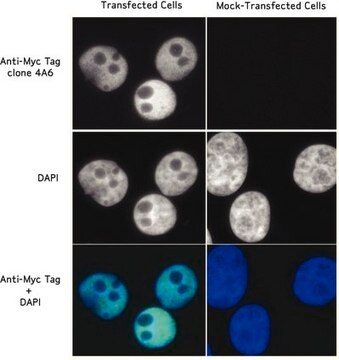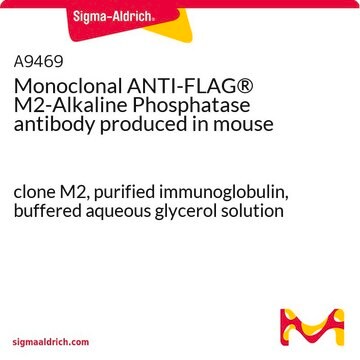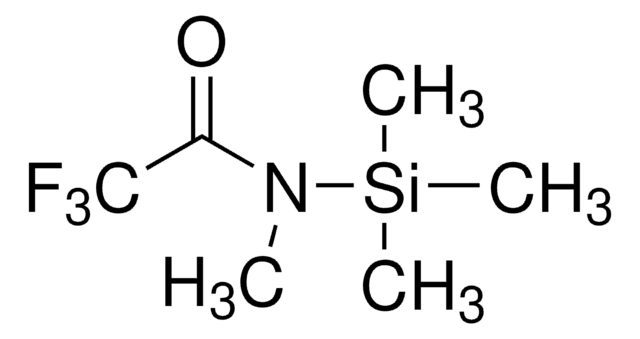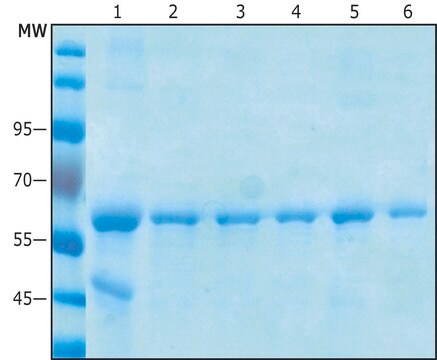A5963
Przeciwciało anty-c-Myc-fosfataza alkaliczna, mysie monoklonalne
clone 9E10, purified from hybridoma cell culture
Synonim(y):
Monoklonalny anty-c-Myc-fosfataza alkaliczna
About This Item
Polecane produkty
pochodzenie biologiczne
mouse
białko sprzężone
alkaline phosphatase conjugate
forma przeciwciała
purified immunoglobulin
rodzaj przeciwciała
primary antibodies
klon
9E10, monoclonal
Formularz
buffered aqueous glycerol solution
reaktywność gatunkowa
human
metody
ELISA: suitable
immunohistochemistry (formalin-fixed, paraffin-embedded sections): suitable
western blot: 1:100 using a myc-tagged fusion protein.
izotyp
IgG1
numer dostępu UniProt
temp. przechowywania
2-8°C
docelowa modyfikacja potranslacyjna
unmodified
informacje o genach
human ... MYC(4609)
Szukasz podobnych produktów? Odwiedź Przewodnik dotyczący porównywania produktów
Powiązane kategorie
Opis ogólny
Immunogen
Zastosowanie
- test immunoenzymatyczny (ELISA)
- znakowanie immunohistochemiczne
- barwienie immunologiczne
- western blotting
Działania biochem./fizjol.
Postać fizyczna
Oświadczenie o zrzeczeniu się odpowiedzialności
Nie możesz znaleźć właściwego produktu?
Wypróbuj nasz Narzędzie selektora produktów.
Kod klasy składowania
10 - Combustible liquids
Klasa zagrożenia wodnego (WGK)
WGK 2
Temperatura zapłonu (°F)
Not applicable
Temperatura zapłonu (°C)
Not applicable
Środki ochrony indywidualnej
Eyeshields, Gloves, multi-purpose combination respirator cartridge (US)
Wybierz jedną z najnowszych wersji:
Masz już ten produkt?
Dokumenty związane z niedawno zakupionymi produktami zostały zamieszczone w Bibliotece dokumentów.
Nasz zespół naukowców ma doświadczenie we wszystkich obszarach badań, w tym w naukach przyrodniczych, materiałoznawstwie, syntezie chemicznej, chromatografii, analityce i wielu innych dziedzinach.
Skontaktuj się z zespołem ds. pomocy technicznej







